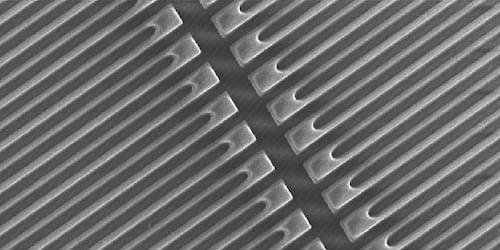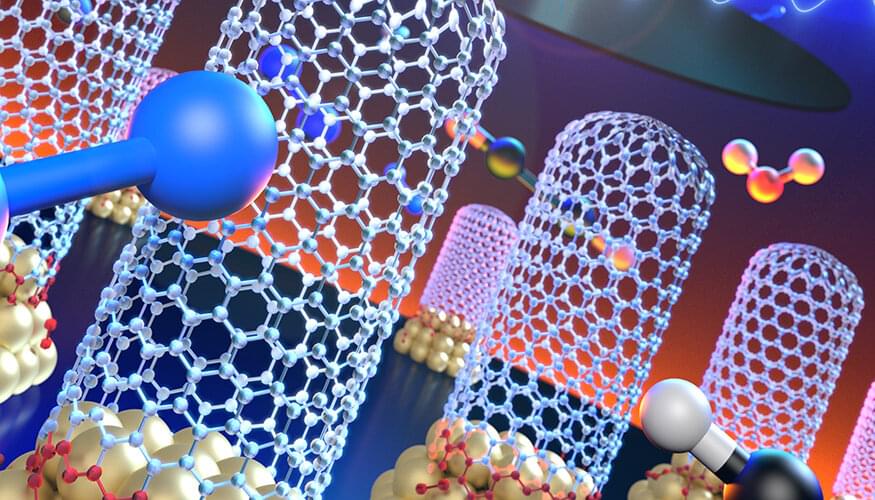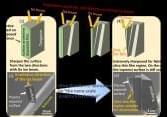Superconducting nanotechnology is a rapidly developing field with a series of promising applications in the field of new quantum technologies such as advanced superconducting quantum processors based on qubits with Josephson tunnel junctions.
Recently, an international team of researchers – with participation of Leibniz Institute of Photonic Technology (Leibniz IPHT) – has demonstrated and published yet another quantum mechanical effect in superconductors – the photon assisted coherent quantum phase slip effect in a very thin superconducting nanowire. The effect is revealed as the formation of current steps on the current-voltage characteristic subject to microwave radiation (Nature, “Quantized current steps due to the a.c. coherent quantum phase-slip effect”).
This effect has been theoretically predicted more than thirty years ago and hints of the current steps of this type have been previously observed in small size Josephson junctions. Switching from a Josephson junction to a superconducting nanowire made of thin films of high-quality niobium nitride allowed the researchers to observe sharp and distinct steps on the current voltage characteristic located at current values I n = 2efn, where 2e is the electric charge of a so-called Cooper pair of two electrons, f the frequency of microwave radiation, and n as an integer number, denoting the step order.







